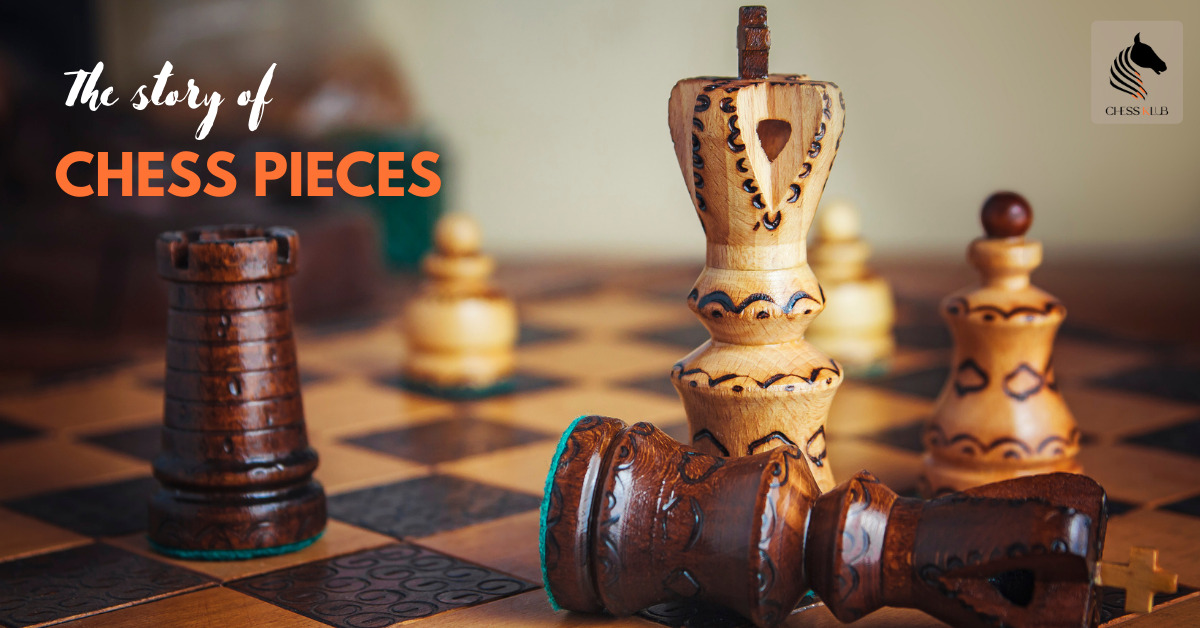The Story of Chess Pieces- Bringing Wood to Life
Chess, the 6th century game is a descendant of a game called Chaturanga, which was played in India with a roll of dice. In Persia, the game was called Shatranj and it was in this form that the game spread to Europe and Russia.
The game caught the interest of Kings & other nobility and eventually became the “Royal Game”. Since then, the rules and piece designs have steadily evolved.
Prior to A.D. 600, the pieces were plain and simple.
Later, they were replaced by detailed and highly decorated pieces made of clay and stone. When the game was spread to Europe and Russia, highly elaborate and superiorly designed pieces were manufactured.
A Chess set has 32 pieces which are broken down into two sets of 16 pieces each. In each set, there are 8 pawns, 2 rooks, 2 knights, 2 bishops, 1 queen, and 1 king.
These pieces are distinguished by their appearance.
The designs vary from simple plastic made pieces to beautiful handcrafted statuesque designs.
How are handmade chess pieces made?
Chess is one of the most loved board games in India today, and is widely played by all age groups.
Do you know, that India is the central manufacturing hub for hand carved wooden chess pieces which are sent for chess battles all over the world?
While the raw materials used to craft chess pieces vary across the different parts of the world, wood is the first choice in India. Rosewood from the Indian state of Chhattisgarh and Sheesham from Punjab are used to carve out beautiful chess pieces.
The initial preparation
Not much has changed in the process of making these supremely crafted game pieces. The wood arrives at factories in abundance in long cut logs. This fresh cut wood carries a lot of trapped moisture and therefore is difficult to hand carve. Therefore, the large trunks of wood are cut into several 45 centimeters blocks using a cutting machine.
The cut pieces are left to be sun-baked under searing 45*C for 6 months on the factory roof. Once the pieces have dried up completely, each block is then cut into many small cylindrical blocks where each block can produce one piece.
Turning and Carving
These days, mass production and time constraints have restricted the hand carving of most chess pieces. Chess crossmen use cutting and turning machines to manufacture these beauties. To ensure consistency in deisgn, special metallic tools like cutters specfically designed for every kind of piece are used. These cutters are carefully designed with a unique profile that corresponds to the shape of the chess piece they will make.
The cylindrical blocks are rotated at a very high RPM against the turning tools. With various cutting and engraving tools, intricate designs are created on the wood. Usually, it takes about 5-7 minutes to create a piece . Except for Knight which has a complex shape and assymetrical design. Knights are the most beautiful of all pieces and are carefully handcrafted by skilled workers. Each Knight takes an entire day to come out of the wooden blocks.
Each piece can take an entire day, however, expert craftsmen are able to turn out at least 5-7 knights every day.
After all these efforts- Are your chess pieces ready?
Not yet!
Weights are then added to the pieces to keep them steady on the board.
30 gms are added to the pawns and 130 grams are added for higher pieces. For this, a hole is created into the base and weight is put into it to be sealed later. A felt is added to the bottom of each piece for the smooth and silent movement across the board.
Finally, the chess pieces are given a quick coat of luster to keep them shining!
Watch the full video by Discovery Channel UK here:






